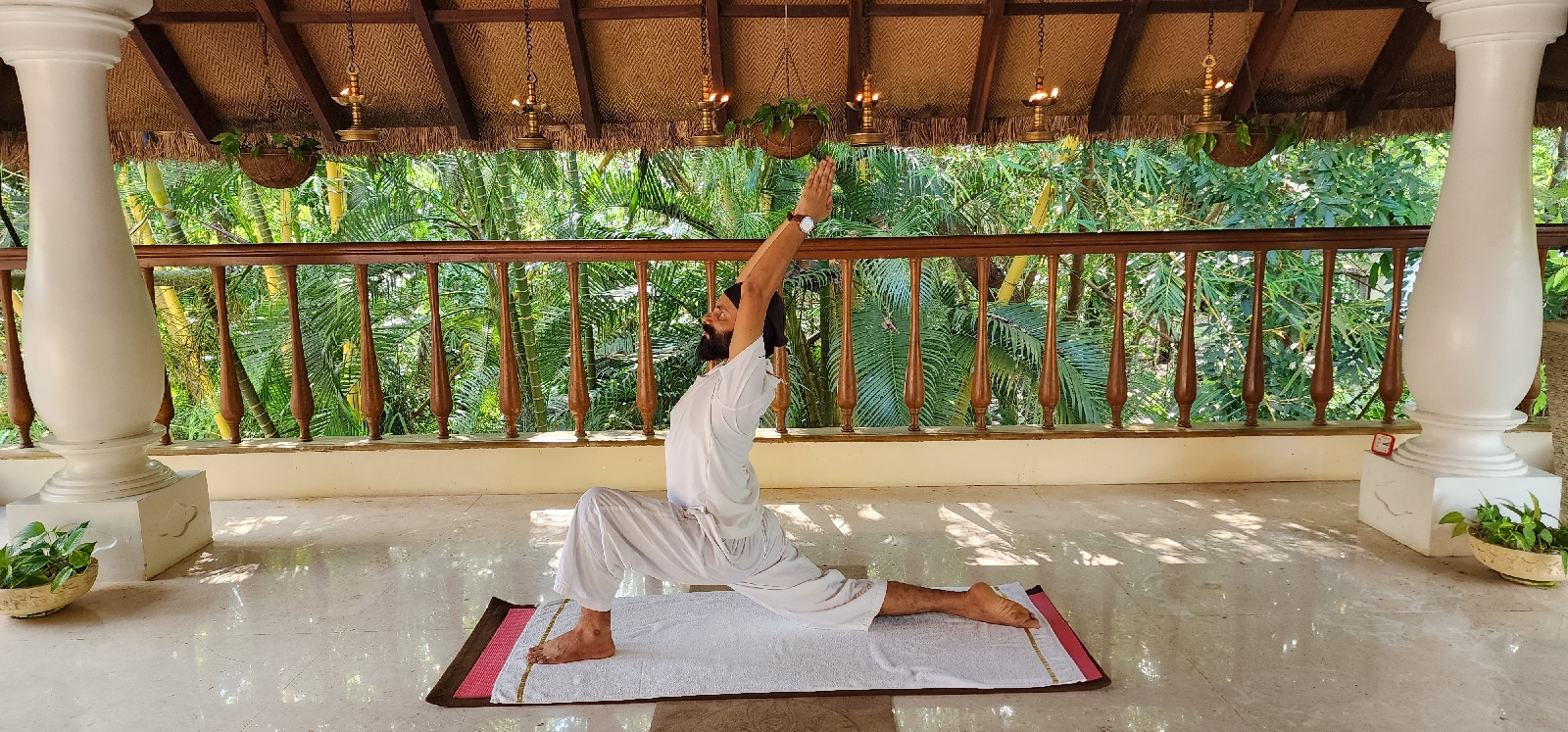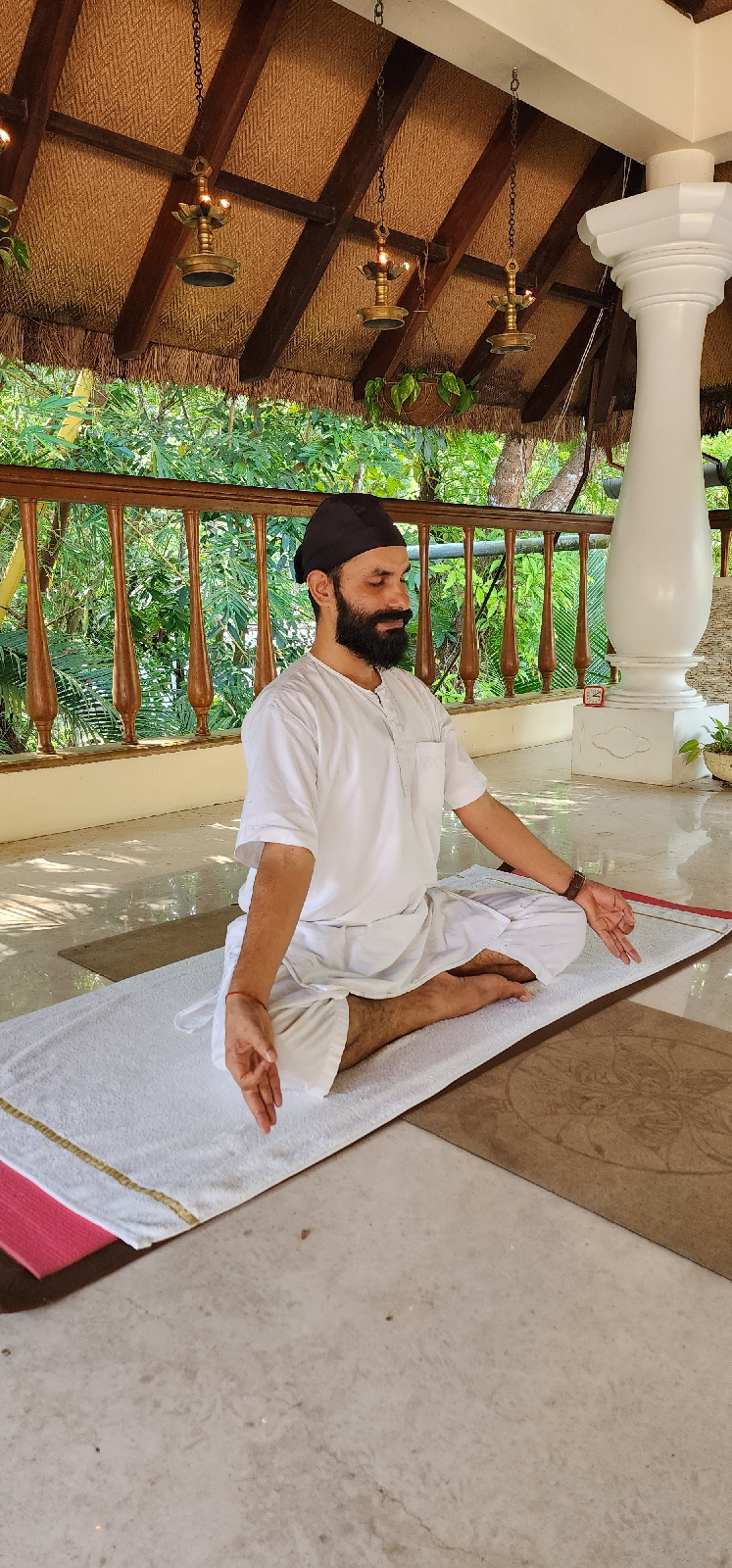Yoga for pranayam Asbestosis article.

Asbestosis is a chronic and progressive lung disease caused by inhaling asbestos fibers. It is a serious condition that can lead to respiratory failure and ultimately death. Asbestosis is a type of pneumoconiosis, which occurs when inhaled particles damage the lungs and cause scarring. Yoga is a gentle exercise that focuses on breathing and relaxation techniques. It has been shown to have beneficial effects on the respiratory system, which may help people with asbestosis. In this article, we will discuss the benefits of yoga for pranayam in asbestosis patients. What is pranayam? Pranayam is a Sanskrit word that refers to the practice of controlling the breath. The word ‘prana’ means life force or vital energy, and ‘yama’ means control or regulation. Pranayam involves a series of breathing exercises that are designed to calm the mind, improve focus and concentration, and promote relaxation. Pranayam is considered an integral part of yoga practice. It is believed that by controlling ...













